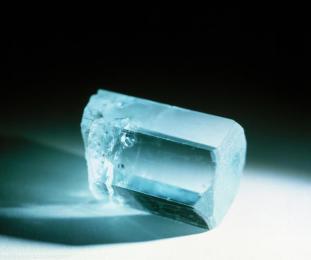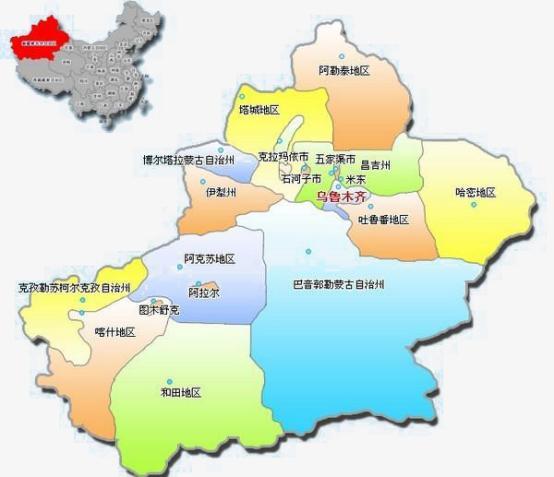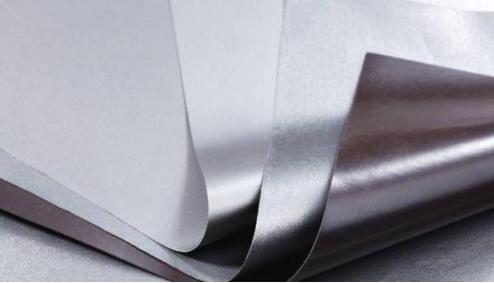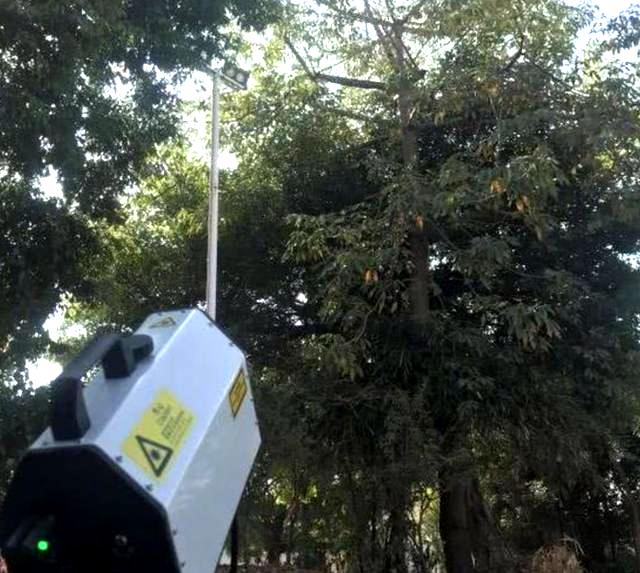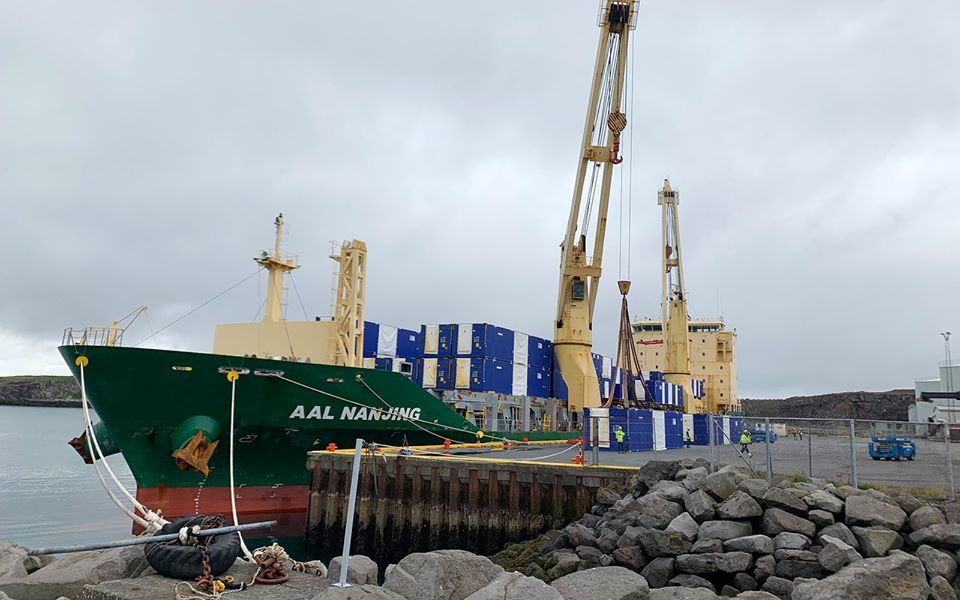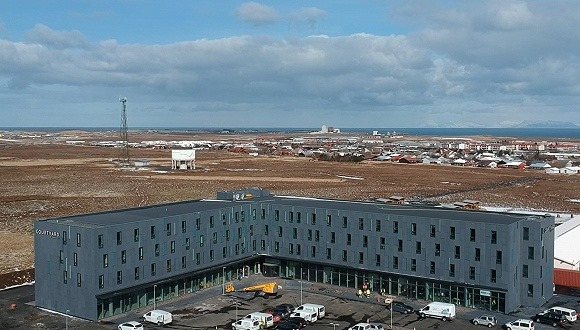Beryllium (Beryllium) in China
Rare earth is a general term for the lanthanides and a total of 17 metal elements such as scandium and yttrium in the periodic table, and is a very important resource with high application value. According to statistics, there are a total of 250 rare earth minerals in nature.
In addition to rare earths, a resource more precious than rare earths has been found in our country and that is beryllium. We are familiar with the beryl and cat’s eye stone, is beryllium aluminum silicate evolved under certain natural conditions, and cat’s eye stone is formed under the metal beryllium action.
Beryllium (Beryllium) is a grayish-white alkaline earth metal with the chemical element symbol Be and an atomic number of 4. Beryllium has a much higher hardness than other metals in its family, unlike calcium, strontium, etc., which can be cut by a sharp edge. Beryllium can be soluble in both acid and alkali, and is an amphoteric metal, which is mainly used to prepare alloys, and has the reputation of “super metal”, “cutting-edge metal” and “space metal”.
Nowadays, beryllium, as a new material, is increasingly valued by various industries, and is an indispensable and valuable metal material in atomic energy, rocket, missile, aviation, spaceflight and metallurgy industries. Specifically, beryllium can be used to make X-ray tube windows, can be used as a neutron reducer in atomic reactors, due to its strong heat-absorbing ability and stable mechanical properties is an excellent aviation material. Beryllium is now widely used in the aerospace, space and nuclear fields, and it is no exaggeration to say that it is an irreplaceable and excellent advantage in these fields.
The metal beryllium reserves in the world are very small, previously only the United States and Kazakhstan and other countries can produce nearly 100 tons per year, so the metal beryllium in the global export trade is firmly controlled by the Western countries. Previously, China could only import a small amount of beryllium from Kazakhstan for use, but the situation has finally improved somewhat. China has discovered a very large metal beryllium deposit in the Mongolian Autonomous County of Heksel, Xinjiang, with proven ore reserves of more than 40 million tons, an average grade of 0.1391% and an average thickness of 4.58 meters, which can be said to be the largest beryllium ore in Asia and the world.
According to public data, the top three countries in the world with beryllium reserves are the United States, Kazakhstan and China, and among these three countries, there is still a gap between our proven reserves and the other two countries. But since the discovery of large quantities of beryllium ore, our country has become the world’s largest reserve.
Colors of China
Chinese laser devices
China has long developed laser devices, but instead of using them to attack drones, it is used to help the power transmission sector to cut down danger trees. Employees of the Southern Power Grid have used a small, portable fourth-generation laser cutter, which uses a new light source and is very easy to operate. With the use of a computer, workers can precisely cut out the tall, sturdy branches away from the transmission tower.
Chinese judicial system animation
Volkswagen invests 2 billion euros into China electric vehicle

Volkswagen AG (VOWG_p.DE) plans to boost its electric push in Chinaby pumping 2.1 billion euros in two Chinese electric vehicle players. Volkswagen said it will invest 1 billion euros to take a 50% stake in the state-owned parent of Anhui Jianghuai Automobile Group (JAC Motors) (600418.SS), also taking full management control of the its existing electric vehicle joint venture with JAC by raising its stake to 75% from 50%. The joint venture will launch five more electric models by 2025, when the German giant aims to sell 1.5 million new energy vehicles (NEV) – including battery electric cars as well as plug-in hybrid and hydrogen fuel-cell vehicles – a year in China. China has set a target of 25% of 2025 annual vehicle sales to be made up of NEVs. More than 25 million vehicles were sold in China last year.
Audi China confirmed on 7-14-20, that its parent company Volkswagen AG and its Chinese joint venture partner SAIC Motor plan to invest 4.13 billion yuan ($590 million) to revamp their car plants in Shanghai to make new Audi sedans.
Marriott Courtyard hotel
Marriott Shipped from China. The 150-room hotel was unloaded from a cargo ship in Helguvík harbor on the Reykjanes peninsula, Southwest Iceland, and is being assembled a short distance from Keflavík International Airport, This is a new Marriott Courtyard hotel, made up of 78 steel units from China.
Each module, which is processed and renovated in an indoor factory in Guangdong, was shipped from the factory in June 2019, sailing 50 days at sea via container ship from South China through the Malacca Strait, across the Indian Ocean, the Mediterranean Sea, and all the way north to the port of Iceland.
At this time, public areas such as the lobby, restaurant, and parking lot on the ground floor of the hotel are in place with a traditional steel structure. With each module fully furnished, the hotel’s construction is 90% complete, and all that is left is to connect the modules according to the detailed installation guide and instructions from the Chinese production director on site, add the exterior decoration then the 156-room hotel is complete.
It is the first steel modular hotel project in the Icelandic region by CIMC Modular Building Investment Company Limited (“CIMC Modular Building”)中集模块化建筑投资有限公司 http://www.cimc-mbs.com/ who has exported more than 70 modular hotels overseas.
Dettifoss Delivered in China
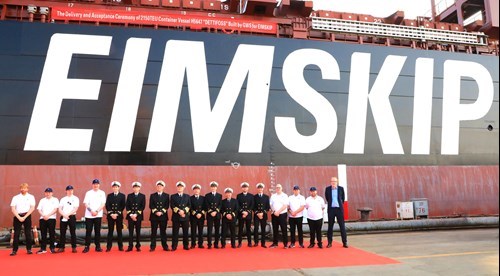
4-30-20 https://icelandmonitor.mbl.is/news/news/2020/04/30/dettifoss_delivered_in_china/
Canada needs to loosen ties with China

Coronavirus pandemic drives home why Canada needs to loosen ties with China: former ambassador David Mulroney of the Stephen Harper regime. 5-24-20 https://globalnews.ca/news/6975248/coronavirus-china-canada-relations-reset/
Geothermal hot dry rock (HDRs) in China
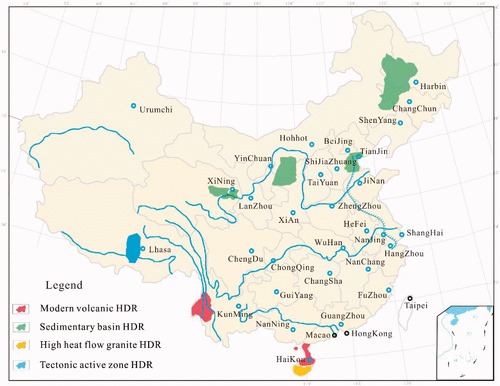
Geothermal hot dry rock (HDRs) reserves in Shandong and Hebei, China https://www.thinkgeoenergy.com/studies-confirm-geothermal-hot-dry-rock-reserves-in-shandong-and-hebei-china/
Equivalent to 18.8 billion tons of standard coal. By comparing to 2019 figures, the reserves are 50 times the size of global oil.
https://journals.sagepub.com/doi/full/10.1177/0144598719895820

